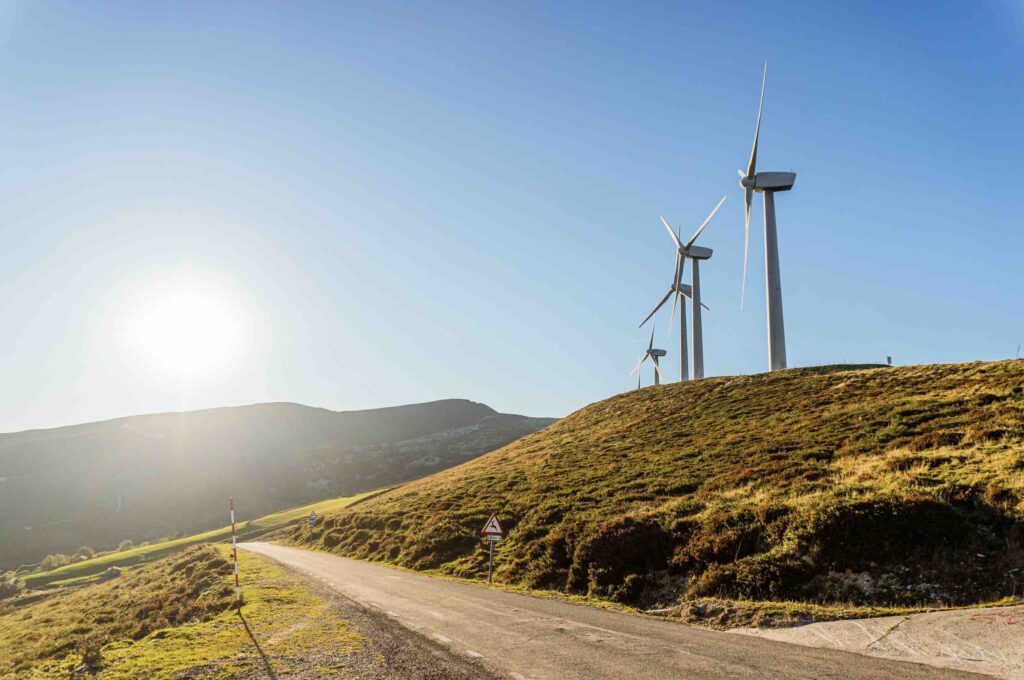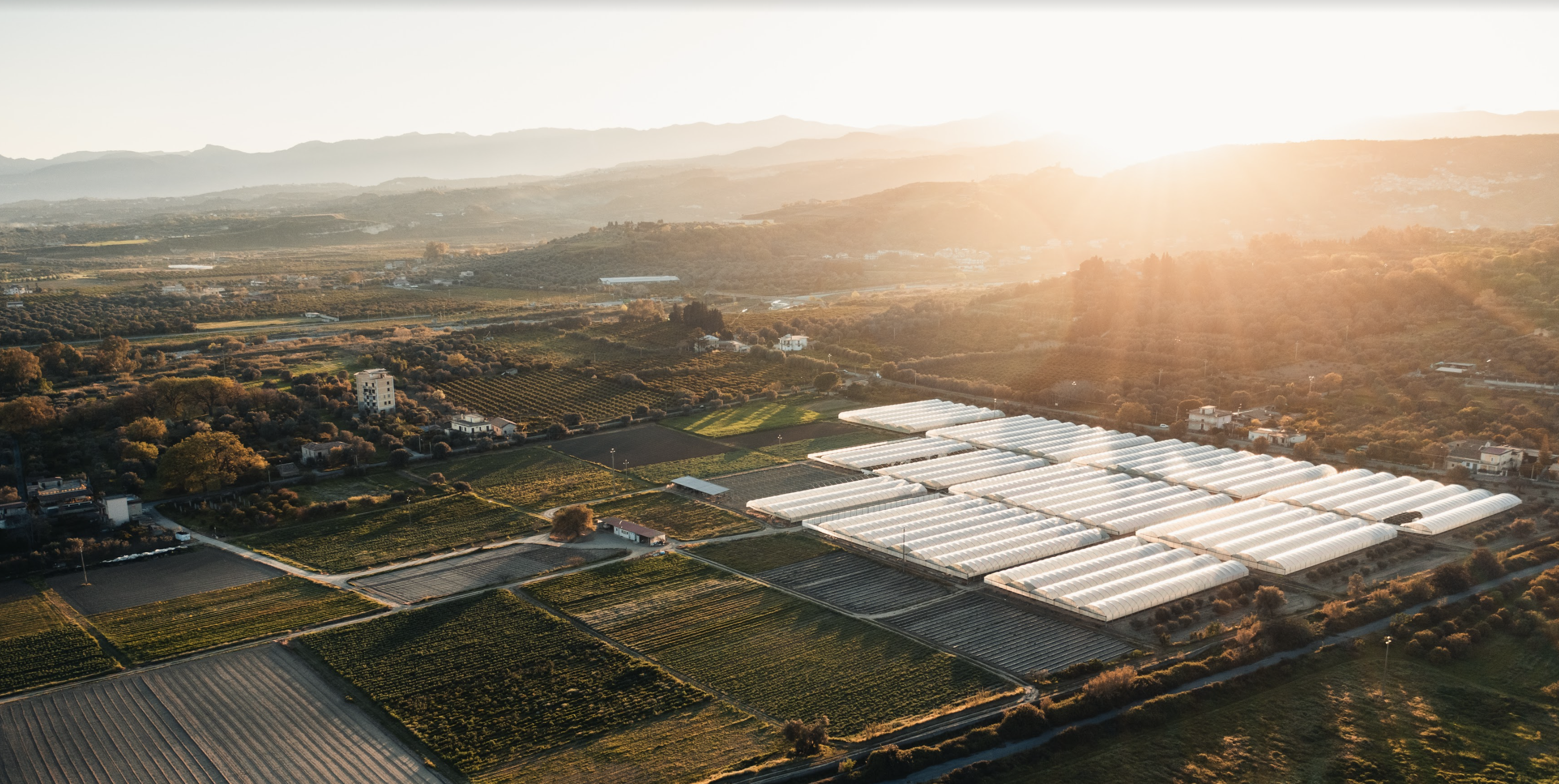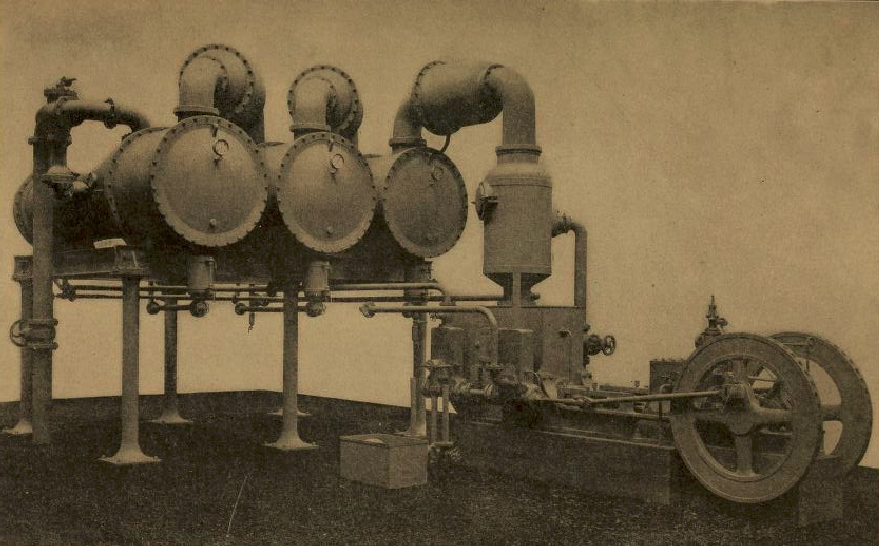
A review and response to Energy Storage Canada’s 2022 Report.
In the fight against global warming, Canadians are reinventing the way we produce, consume and store electricity.
The federal government has given itself until 2035 to achieve net-zero greenhouse gas emissions throughout Canada’s power grid. That’s just 13 years for our provinces and territories to transition from reliable, but carbon intensive power like coal and natural gas to wind turbines, solar farms and other low emission technology.
If that wasn’t challenging enough, the rise of electric vehicles and a surging population mean Canada’s demand for electricity is expected to grow by 40 per cent over the next two decades. Daunting as that challenge is, it’s also pushing innovation.

This is where energy storage comes in.
For all the potential environmental benefits of wind and solar, an enormous amount of energy is wasted as it travels from the source to homes across Canada. Last year, about 12 percent of the electricity produced by Ontario’s wind turbines was lost in transit. Even provinces that have dramatically ramped up the production of wind turbines are still having to lean heavily on gas and coal to meet demand.
“In New Brunswick, despite the fact that they have considerable wind energy production, they’ve had to continue relying on massive contracts with gas-firing plants,” said Evan Tummillo, Director of Research at Bedrock Energy Corp. “Wind isn’t reliable unless there’s power storage. You have these periods where the turbine is so productive that there is excess energy produced, and it gets lost through curtailment (shutdown). Then you’ll have periods where there’s almost no production, despite there being a real demand.
“But if we can store that excess electricity and save it for those down times, then wind becomes a very reliable power source.”
Tummillo says it helps to think of it as a giant battery. When the turbine churns power into the grid, whatever excess electricity it produces can be diverted and stored until it’s needed. One form of storage — called compressed air energy storage (CAES) — takes the excess electricity to power compressors that store air in giant underground reservoirs. When production slows down and more power is needed, the compressed air passes through turbines that transfer power back to the grid.

Of course, it isn’t just New Brunswick that could benefit from energy storage. There are opportunities across Canada. An October report by Canada Energy Storage estimates the country’s emissions targets will drive energy storage needs up to 12 gigawatt (GW) annually by the year 2035. By 2050, that number could grow to 52 GW. That’s enough electricity to power Toronto for 10 years.
The need will be acute in provinces that have to decommission coal-firing plants or face an enormous carbon tax.
“Right now, Alberta, Saskatchewan and Nova Scotia are all still burning coal in the pursuit of producing electricity,” Tummillo said. “Now, there was a time when these jurisdictions thought that the transition to natural gas was the most viable option as a “cleaner” fuel source. But natural gas releases a considerable amount of methane and doesn’t really do much to eliminate emissions. So if they go down that path, they’ll eventually be hit with a huge carbon tax bill. It’s why we are seeing a pivot towards wind, which means they’ll need energy storage.”
Ontario, in particular, is a prime candidate for energy storage since it has to decommission 10 GW of gas-fired energy over the next 13 years. Making it even more attractive, southwestern Ontario is home to a massive formation of underground caverns naturally suited to store compressed air — minimizing construction costs. Bedrock Energy Corp. is working on a proposal that would convert these caverns into, what could essentially be called, giant batteries using compressed air energy storage.

“These caverns are solid, they’ve held together for 400 million years and they’ve previously been used to store natural gas,” Tummillo said. “The beauty of energy storage is that most of this technology has been used for decades or longer. We’re using steam turbines, which were first patented in the 1880s, we’re using air compressors, which emerged in the 1930s, and large scale storage first emerged in the late 1970s.
“The imperative isn’t to continue studying – given the wealth of knowledge and solutions currently available – but rather simply be willing to commit to applying those technologies. It’s bringing more storage online and explaining to people why we need energy storage in the mix. There’s all this unused power being produced out there just waiting to be harnessed constructively; if we consider the power we produce as sand held between our collective two hands, slipping through our fingers, and all we are saying is ‘maybe we should grab that bucket over there and store it.’”
That’s what Bedrock believes is the way forward.







